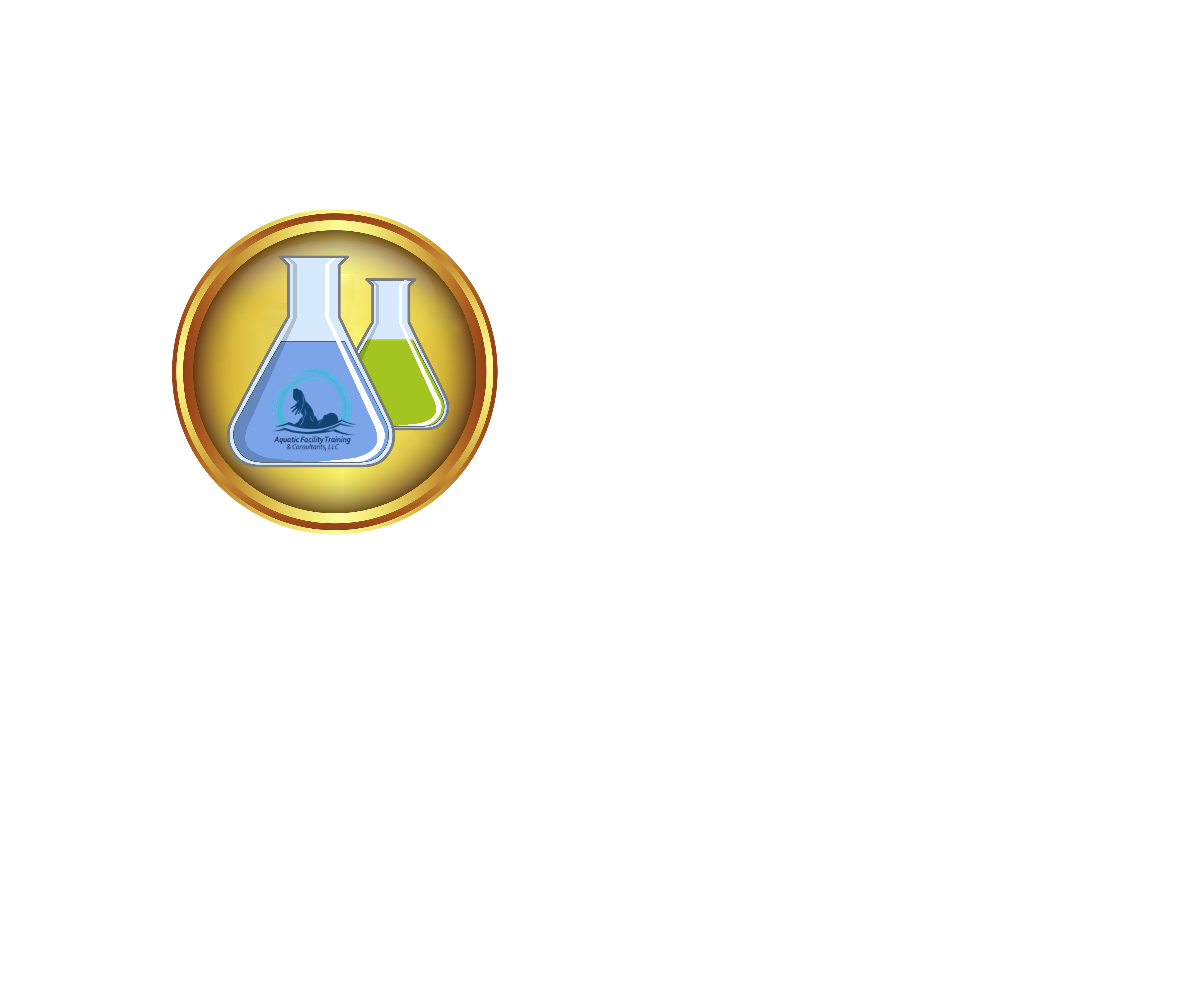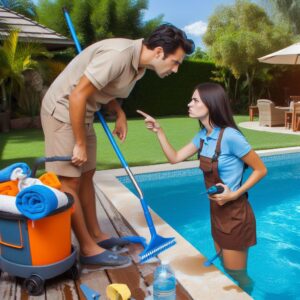The Service Industry News article Studies Show Alum Reduces Cyanuric written by Marcelle Dibrell provides valuable information about using aluminum sulfate (alum) in reducing cyanuric acid levels in swimming pools.
Rudy Stankowitz’s claim that alum reduces CYA in pool water confirmed by onBalance research team
Here’s a breakdown of the key points:
The Problem: High Cyanuric Acid (CYA) levels hinder chlorine’s effectiveness and its contribution to Total Alkalinity must be accounted for in calculating water balance. Traditionally, draining and refilling is used to lower CYA, but it wastes water.
The Solution: Rudy Stankowitz, a pool professional, proposed using alum, a common flocculant, to reduce CYA. OnBalance, a pool research group, recently confirmed this method shows promise.
Effectiveness:
- OnBalance achieved a 25% reduction in CYA using alum compared to Stankowitz’s reported 50%.
- Other methods tested by onBalance:
- Melamine: Achieved over 90% reduction but is expensive and difficult to obtain.
- Hyperchlorination: Achieved up to 90% reduction but requires large amounts of chlorine and can bleach pool components.
Benefits of Alum Method:
- Fast: Takes about 24 hours.
- Simple: Uses readily available alum.
Drawbacks of Alum Method:
- Lower reduction rate compared to other methods.
- Requires equipment: Vacuum to waste and adjustments to filtration system.
- Chemistry and temperature dependent: May not be as effective in all situations.
- Some water loss during the “vac-to-waste” process.
Overall:
Using alum offers a more water-conserving alternative to draining and refilling for reducing CYA. However, it may not be the most effective or economical solution for all pool owners.
Additional Points:
- This research is relatively new, and more studies are needed to fully understand the long-term effects of using alum for CYA reduction.
- Consulting a qualified pool professional is recommended before attempting any method to lower CYA levels.
This article, provides a more comprehensive picture of the aluminum sulfate method for reducing cyanuric acid. It highlights the effectiveness confirmed by onBalance research, while acknowledging its limitations compared to other approaches. Read this article in its entirety here Studies Show Alum Reduces Cyanuric
Reducing Cyanuric Acid Levels
Credit for discovering the method of using aluminum sulfate to lower cyanuric acid levels in swimming pools goes to Rudy Stankowitz. He’s a renowned swimming pool expert, podcaster, author, columnist, and CPO instructor known for his work in the pool industry.
Stankowitz’s discovery involved experimentation with aluminum sulfate, commonly found in pool floc products. He observed that the addition of alum at a specific dose removes some CYA along with other impurities. Stankowitz theorizes the addition of aluminum in alum (aluminum sulfate) allows for metal complexation enabling the flocculation process to remove cyanuric acid in the form of aluminum cyanurate. While traditional methods involve draining and refilling, Stankowitz’s approach offers a potentially more water-conservative alternative.
Similar Article Lower Cyanuric Acid in Swimming Pools Chemically
OnBalance is a non-profit research group focused on swimming pool water chemistry and related issues. They aim to provide pool professionals and enthusiasts with reliable information through research, education, and consulting services.
Here’s a breakdown of what onBalance does:
- Research: They conduct studies on various pool maintenance topics, including water chemistry, plaster issues, and emerging technologies for pool care. The aluminum sulfate method for reducing cyanuric acid is a recent example of their research.
- Education: They share their research findings and best practices through workshops, trade shows, and online resources.
- Consulting: They offer consulting services for pool professionals and may be involved in expert witnessing related to pool maintenance issues.
Expertise:
The group is comprised of experienced pool industry professionals, with backgrounds in areas like:
- Chemical service and cleaning
- Pool repairs and remodeling
- Water chemistry expertise
Credibility:
- OnBalance is a well-respected name in the pool industry, known for its commitment to evidence-based solutions.
- Their research is often cited by pool professionals and industry publications.
Limitations:
- Being a non-profit, their research may be limited by funding compared to commercial companies.
- Their focus may be on practical solutions for pool professionals rather than fundamental scientific research.
Overall:
OnBalance plays a valuable role in the pool industry by providing independent research and education to promote proper pool maintenance and water chemistry management.






